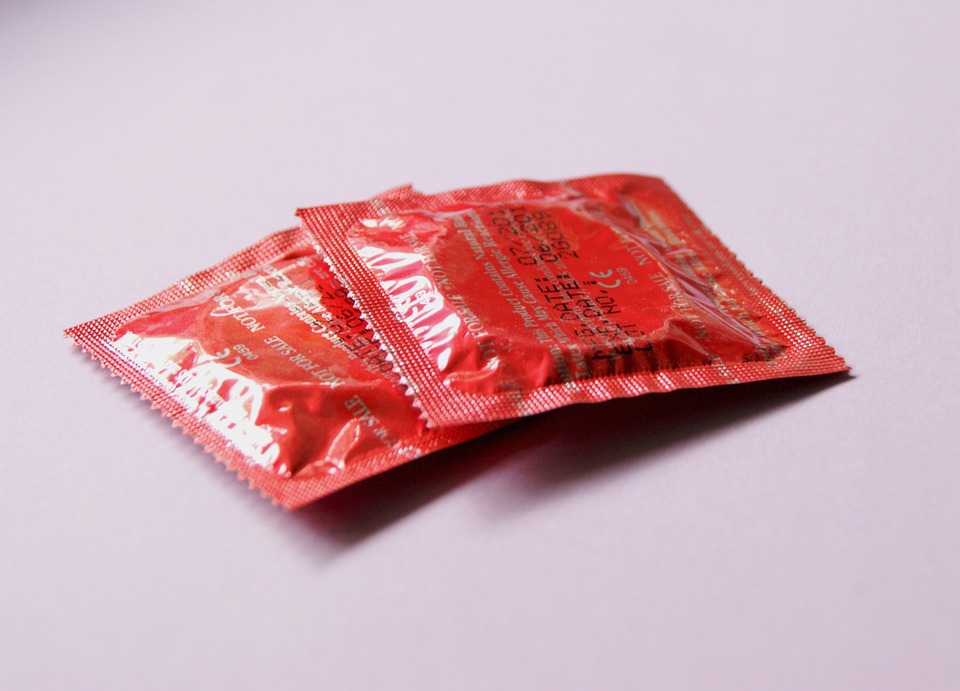Credit: pixabay
California’s 1.6 million high school students are starting another year, but without a critical school supply that I would argue is necessary for teens: condoms.
Why should California public high schools be required to provide condoms to students? Because condom availability programs are an effective public health strategy supported by the federal Centers for Disease Control and Prevention (CDC) to help keep sexually active high school students safe. According to the CDC:
This year, the Golden State has a golden opportunity to protect high school students in California from alarming statistics like these in the form of the YHES Act.
The Youth Health Equity + Safety (YHES) Act (SB 954) would expand access to condoms by requiring public and charter high schools to make free condoms readily available to students, giving them the opportunity to protect themselves from STIs that negatively impact their well-being, shorten their lifespan and easily spread to the wider community.
The organization I lead, the California School-Based Health Alliance (CSHA), helps improve health access and equity by supporting schools and health care partners to bring health services to where the kids are — at school. The alliance is a proud co-sponsor of this bill because providing condoms in California’s high schools equips young people to make healthier decisions if they choose to be sexually active.
Although some districts, such as Los Angeles Unified, San Francisco Unified and Oakland Unified, already offer condom access programs, the majority of schools in California do not.
An online survey by TeenSource, an initiative of Essential Access Health, found that 68% of California teens lack access to condoms at their high school, and 98% agreed that easier access would increase condom use among sexually active teens.
SB 954 would require all public and charter high schools to make internal and external condoms readily available to students for free beginning at the start of the 2025-26 school year. Condoms would need to be placed in a minimum of two locations on school grounds where they are easily accessible to students during school hours without requiring assistance or permission from school staff.
California’s high school students have a right to consent to and access medically accurate, confidential, culturally relevant, and age-appropriate health services in schools. Our state has made great strides in reducing unintended pregnancy among adolescents in the past 20 years. Unfortunately, half of all reported cases of STIs in 2022 were among young people aged 15-24. The scope of the epidemic requires bold action.
This year marks the second time state Sen. Caroline Menjivar, D-Van Nuys, has moved this sensible bill through the state’s Legislature. Menjivar has secured $5 million to cover the costs of distributing free condoms in public high schools for three years. The bill also specifies that if funds are not designated for this purpose, schools have no obligation to provide free condoms — addressing any concern as to an unfunded mandate.
To reduce public health disparities, we must ensure that California youth have equitable access to condoms in high schools. Advocates for youth health and education equity urge Gov. Gavin Newsom to sign the YHES Act into law.
•••
Sergio J. Morales, MPA, is the executive director of the California School-Based Health Alliance (CSHA), a nonprofit organization that aims to improve the health and academic success of children and youth by advancing health services in schools.
The opinions in this commentary are those of the author. We welcome guest commentaries with diverse points of view. If you would like to submit a commentary, please review our guidelines and contact us.

